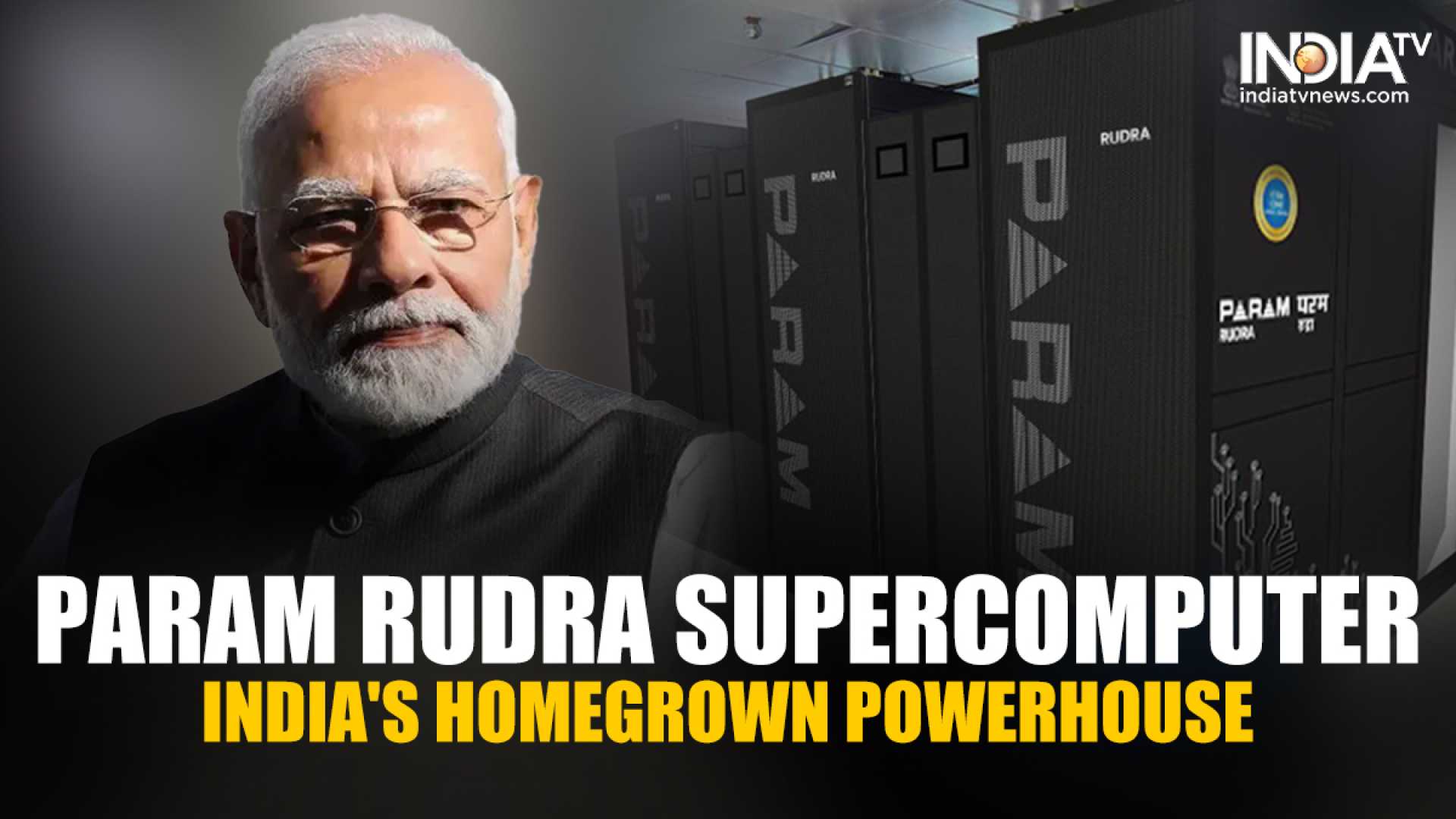News
India Advances in Supercomputing Capabilities with Launch of Param Rudra Systems

Prime Minister Narendra Modi on Thursday, September 26, 2024, inaugurated three indigenously-developed Param Rudra supercomputers under the National Supercomputing Mission. At the virtual event, PM Modi emphasized that the launch of these supercomputers marks a bold step for India in tapping into the vast potential offered by technological advancements.
Speaking at the inauguration, PM Modi highlighted the significance of aiming high in scientific endeavors, noting the importance of empowering marginalized communities through technology upgrades. He stated, “A country can aim for high achievements only if it has a big vision, and technology upgrades should empower the poor.”
The Param Rudra supercomputers, built at a cost of ₹130 crore, have been strategically deployed across key Indian cities—Pune, Delhi, and Kolkata. These installations aim to facilitate cutting-edge research in various scientific fields. Additionally, Modi mentioned the government’s commitment to giving precedence to science, technology, and research.
PM Modi also announced significant strides in India’s spatial ambitions, revealing that preparations for India’s domestic space station by 2035 are underway, with the first phase of the project already approved. “Science for self-reliance is our mission,” he declared.
Alongside the supercomputers, PM Modi inaugurated the High-Performance Computing (HPC) systems named ‘Arka’ and ‘Arunika’, with an investment of ₹850 crore, designed specifically for weather and climate research. This move is seen as a major leap in enhancing India’s computational capacities for meteorological applications.
The supercomputers will serve vital scientific needs. In Pune, the Giant Metre Radio Telescope (GMRT) will leverage the system for research on Fast Radio Bursts (FRBs) and other astronomical phenomena. The Inter University Accelerator Centre (IUAC) in Delhi will enhance research in materials and atomic sciences, while Kolkata’s S.N. Bose Centre will focus on physics, cosmology, and earth sciences.
The HPC systems, located at the Indian Institute of Tropical Meteorology (IITM) in Pune and the National Center for Medium-Range Weather Forecast (NCMRWF) in Noida, are expected to improve the accuracy of forecasts for weather events like tropical cyclones, heavy rains, and droughts. “There is no sector that does not rely on technology and computing capability,” Modi noted, emphasizing the nation’s growing computing capacity.
Union Minister for Electronics and Information Technology Ashwini Vaishnaw was among those present at the virtual event, marking a day of considerable achievement for India’s science and technology sector.












